Premium Only Content
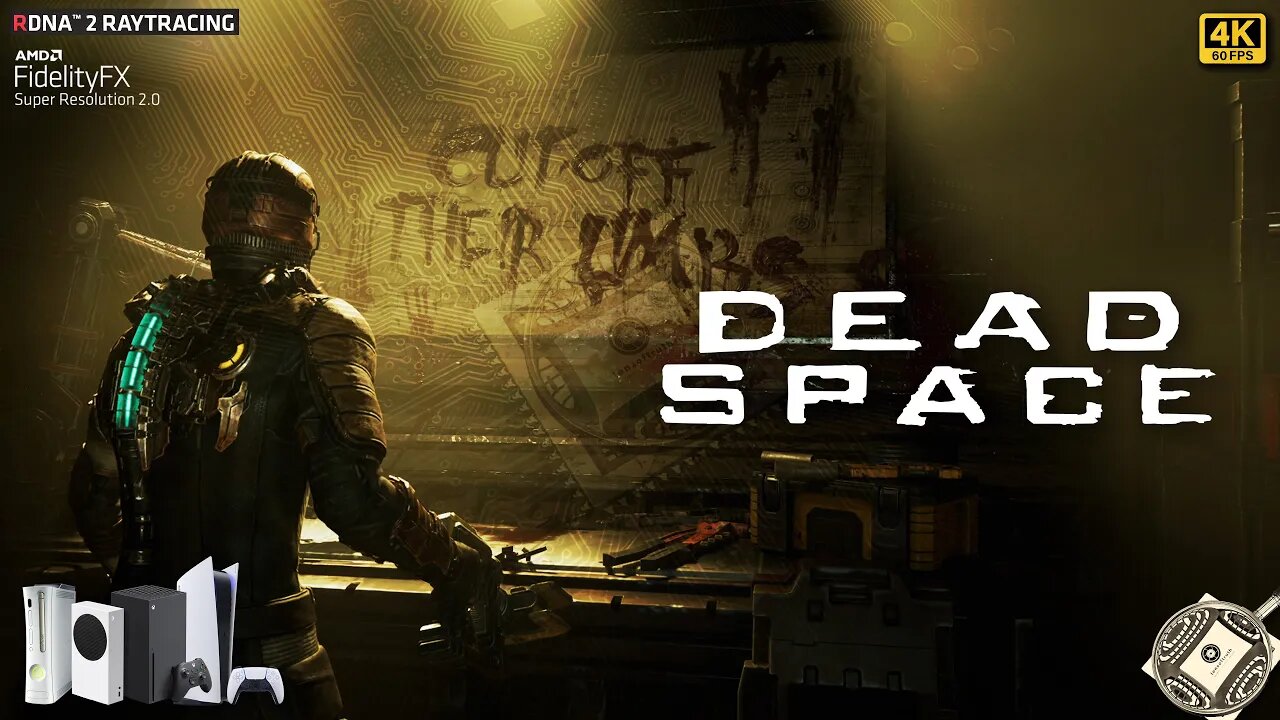
Dead Space Remake Analysis on Xbox Series X/S and PS5 (and face-off with X360) - 4K
Analysis of performance and image quality of Dead Space Remake on Xbox Series X/S and PS5 (and face-off with X360).
Index:
Intro 00:00
Frame Rate Analysis 00:49
Resolution Analysis 06:51
Shadows Analysis 09:21
Reflections Analysis 11:11
Textures Analysis 13:01
Loading Analysis 14:51
Frame Rate Analysis 15:18
Resolution Analysis 21:20
Shadows Analysis 23:50
Reflections Analysis 25:40
Textures Analysis 27:30
Loading Analysis 29:20
Technical dictionary for this analysis:
- AMD FidelityFX™ Super Resolution (FSR):
FidelityFX Super Resolution (FSR) is used to upsample an input image into a higher resolution. There are two versions of FSR with distinctive upscaling technique and image quality.
FSR 1 is a spatial upscaler based on the Lanczos algorithm* requiring an anti aliased lower resolution image.
FSR 2 and 2.1 is a temporal upscaler based on a modified Lanczos* requiring an aliased lower resolution image and utilising the temporal data (such as motion vectors and frame history) and then applies its own anti aliasing pass which replaces the game's temporal anti-aliasing solution.
Quality Preset Scale Factor Render Scale
Performance 2.0x 50.0% (e.g. for 4k: 1080p upscale to 2160p with FSR)
Balanced 1.7x 58.8% (e.g. for 4k: 1270p upscale to 2160p with FSR)
Quality 1.5x 66.6% (e.g. for 4k: 1440p upscale to 2160p with FSR)
* The Lanczos algorithm is an iterative algorithm invented by Cornelius Lanczos that is an adaptation of power methods to find eigenvalues and eigenvectors of a square matrix or the singular value decomposition of a rectangular matrix. It is particularly useful for finding decompositions of very large sparse matrices.
- Cube Mapping Reflections:
A Cubemap is a collection of six square textures that represent the reflections on an environment. The six squares form the faces of an imaginary cube that surrounds an object; each face represents the view along the directions of the world axes (up, down, left, right, forward and back). Cubemaps are often used to capture reflections or “surroundings” of objects; for example skyboxes and environment reflections often use cubemaps.
- Screen Space Reflections (SSR):
Screen space reflections (SSR): a more expensive technique that traces reflection rays in screen space (as opposed to world space in e.g. ray tracing). This is done for each rendered pixel of the reflected surface, using the surface normal and scene depth.
The disadvantage is that objects not captured in the rendered frame cannot appear in the reflections, which results in unresolved intersections and incomplete reflection image.
- Ray-Traced Reflections
Ray-Traced Reflections is a more accurate ray-traced solution to Screen Space Reflection technique (that traces reflection rays in screen space), ray tracing traces reflection rays in world space.
The disadvantage of the technique using ray tracing is the need for a dedicated hardware for accelerating the calculations needed to perform the feature.
- Shadow Mapping
Shadow mapping or shadowing projection is a process by which shadows are added to 3D computer graphics. This concept was introduced by Lance Williams in 1978, in a paper entitled "Casting curved shadows on curved surfaces."[1] Since then, it has been used both in pre-rendered and realtime scenes in many console and PC games. Shadows are created by testing whether a pixel is visible from the light source, by comparing the pixel to a z-buffer or depth image of the light source's view, stored in the form of a texture.
- Simple Shadow Mapping
Simplest possible implementation of Shadow Mapping, without any smoothing or additional features.
- Soft Shadows Mapping
Soft shadows are typically rendered in games by using shadow mapping and Percentage Closer Filtering with a uniform kernel size. The Percentage-Closer Soft Shadows (PCSS) algorithm computes a variable kernel size based on the distance between the relative position of the receiver point, an approximation of the blocker, and the area light.
- Ray-traced Shadows
Ray-traced shadows are generated by tracing the path of rays sampled from a light source. Ray-traced shadows are more accurate than shadow-mapped shadows. All ray-traced shadows are world space shadows.
My Specs:
- Ryzen 5 5600
- 16 GB DDR4 3200
- Galax GTX 1080 Sniper White
- Elgato 4k60 Pro Mk.2
Facebook Group:
https://m.facebook.com/groups/14589692844998
-
 LIVE
LIVE
TimcastIRL
18 minutes agoMarijuana LEGALIZATION IS COMING, Trump Orders Weed To Schedule 3 In HUGE Move | Timcast IRL
7,759 watching -
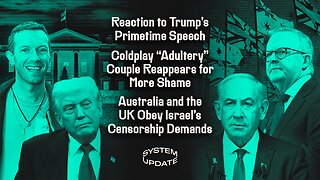 LIVE
LIVE
Glenn Greenwald
4 hours agoReaction to Trump's Primetime Speech; Coldplay "Adultery" Couple Reappears for More Shame; Australia and the UK Obey Israel's Censorship Demands | SYSTEM UPDATE #560
5,562 watching -
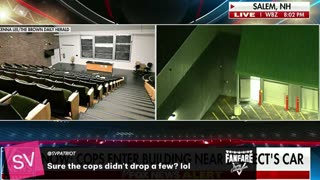 LIVE
LIVE
Barry Cunningham
2 hours agoBREAKING NEWS: President Trump Signs The National Defense Authorization Act | More News!
1,136 watching -
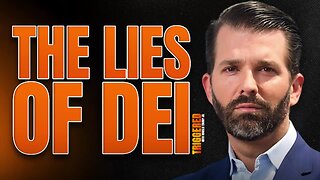 43:10
43:10
Donald Trump Jr.
3 hours agoThe Days of Destructive DEI are Over, Plus Full News Coverage! | TRIGGERED Ep.301
66K48 -
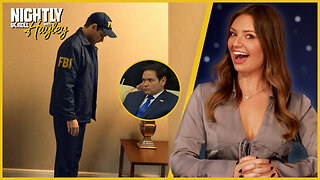 52:07
52:07
BonginoReport
3 hours agoThe Internet Picks Bongino’s FBI Replacement - Nightly Scroll w/ Hayley Caronia (Ep.200)
48.9K31 -
 55:30
55:30
Russell Brand
4 hours agoStay Free LIVE from AmFest — Turning Point USA - SF665
89.6K10 -
 1:11:26
1:11:26
Kim Iversen
5 hours agoTrump Pulls War Fake-Out…Attack on Venezuela Still Coming!?
55.1K57 -
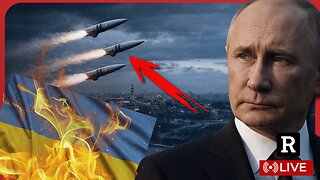 2:04:53
2:04:53
Redacted News
4 hours agoPutin just changed EVERYTHING with this move and NATO can't do anything | Redacted w Clayton Morris
139K113 -
 25:22
25:22
DeVory Darkins
4 hours agoTrump scores MAJOR WIN after Inflation Report as his speech sparks EPIC MELTDOWN
36.1K44 -
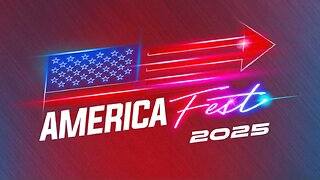 1:01:23
1:01:23
Nick Freitas
5 hours agoLIVE at America Fest!
50.4K3